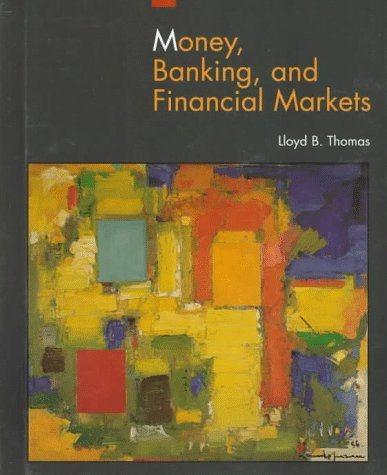
S8. Crude oil is transported across the globe in enormous tanker ships called Very Large Crude Carriers (VLCCs). The vast majority of all new VLCCs are 174.indd 163 .4 [CH. 5] SIMULTANEOUS-MOVE GAMES: CONTINUOUS STRATEGIES built in South Korea and Japan. Assume that the price of new VLCCs (in millions of dollars) is determined by the function P=180-Q, where Q=9 Korea + 9 Japan, the sum of the quantities produced in each of South Korea and Japan (assuming that only these two countries produce VLCCs, so they are a duopoly.) Assume that the cost of building each ship is $30 million in both Korea and Japan. That is, Ckorea =Cjapan=30, where the cost per ship is measured in millions of dollars. (a) Write the profit function for each country in terms of 9 Korea and 9 Japan and in terms of either Ckorea or Cjapan. Find each country's best-response function. (b) Using the best-response functions found in part (a), solve for the Nash equilibrium quantity of VLCCs produced by each country per year. What is the price of a VLCC? How much profit is made in each country? (C) Labor costs in Korean shipyards are actually much lower than in their Japanese counterparts. Assume now that the cost per ship in Japan is $40 million and that in Korea it is only $20 million. Given CKorea = 20 and CJapan =40, what is the market share of each country (that is, the percent- age of ships that each country sells relative to the total number of ships sold)? What are the profits for each country? S8. Crude oil is transported across the globe in enormous tanker ships called Very Large Crude Carriers (VLCCs). The vast majority of all new VLCCs are 174.indd 163 .4 [CH. 5] SIMULTANEOUS-MOVE GAMES: CONTINUOUS STRATEGIES built in South Korea and Japan. Assume that the price of new VLCCs (in millions of dollars) is determined by the function P=180-Q, where Q=9 Korea + 9 Japan, the sum of the quantities produced in each of South Korea and Japan (assuming that only these two countries produce VLCCs, so they are a duopoly.) Assume that the cost of building each ship is $30 million in both Korea and Japan. That is, Ckorea =Cjapan=30, where the cost per ship is measured in millions of dollars. (a) Write the profit function for each country in terms of 9 Korea and 9 Japan and in terms of either Ckorea or Cjapan. Find each country's best-response function. (b) Using the best-response functions found in part (a), solve for the Nash equilibrium quantity of VLCCs produced by each country per year. What is the price of a VLCC? How much profit is made in each country? (C) Labor costs in Korean shipyards are actually much lower than in their Japanese counterparts. Assume now that the cost per ship in Japan is $40 million and that in Korea it is only $20 million. Given CKorea = 20 and CJapan =40, what is the market share of each country (that is, the percent- age of ships that each country sells relative to the total number of ships sold)? What are the profits for each country







